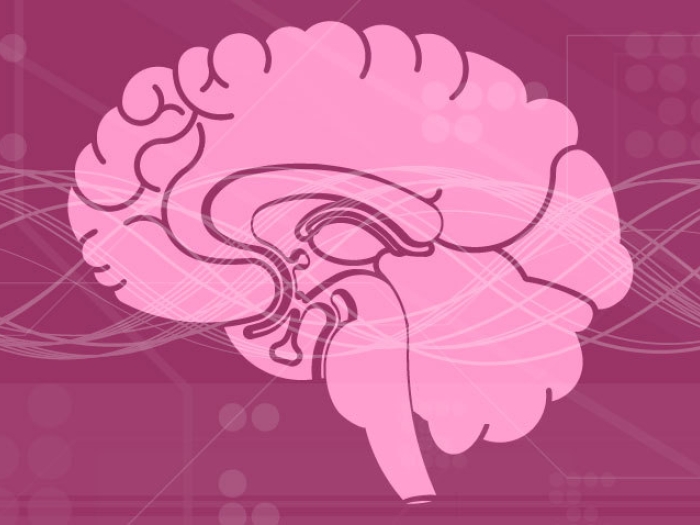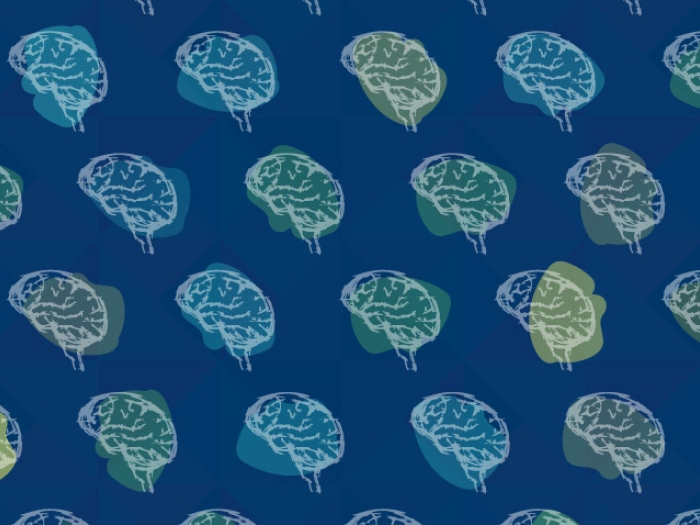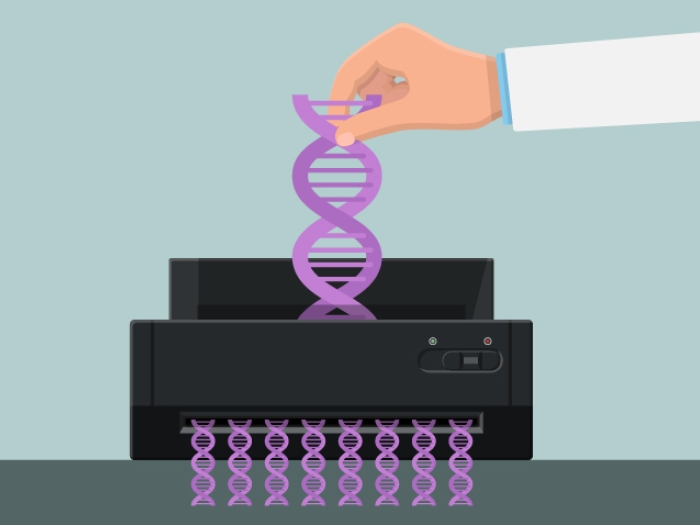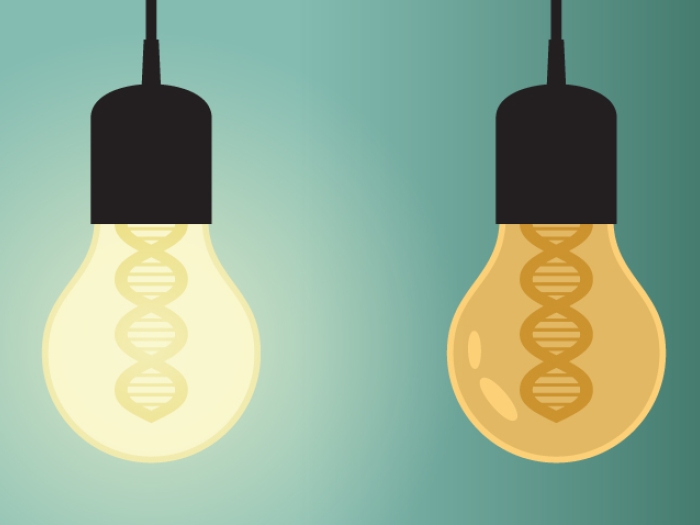Training one gene to “pinch hit” for its twin could be a possible treatment for a type of congenital anemia, new research finds.
7:00 AM
Author |
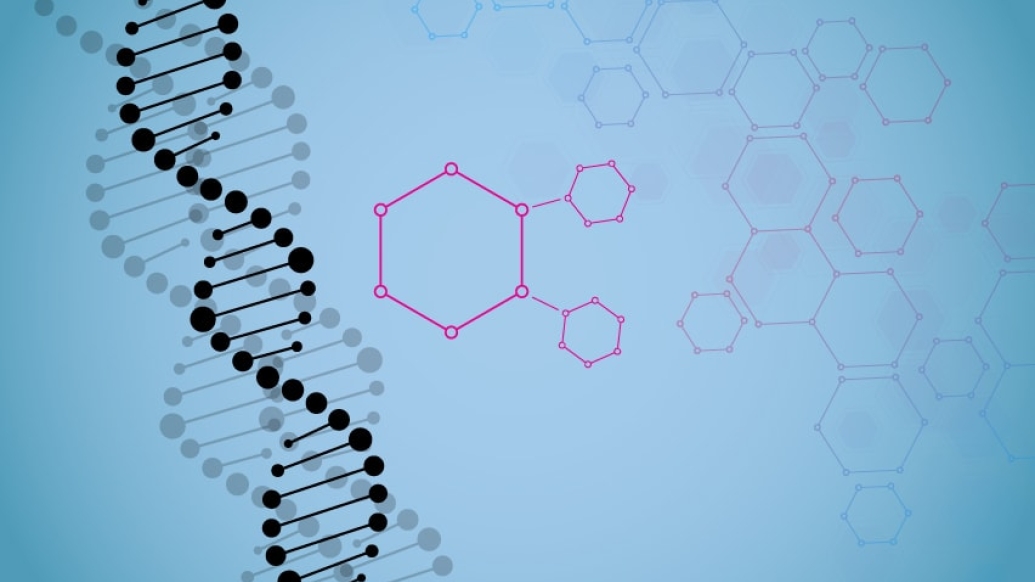
This is a tale of two genes.
You might think of them as not-quite-identical twins: Gene A and Gene B. Scientists call them paralogs — meaning they both evolved from a single gene that somehow got duplicated in the genome.
LISTEN UP: Add the new Michigan Medicine News Break to your Alexa-enabled device, or subscribe to our daily audio updates on iTunes, Google Play and Stitcher.
Typically, when a gene gets duplicated like this, one of the copies mutates in a way that makes it nonfunctional and it eventually gets deleted from the genome.
"But occasionally, both paralog genes are maintained in the genome because of evolutionary pressure," says Rami Khoriaty, M.D., an assistant professor of internal medicine at the University of Michigan Medical School.
"Either one of the genes acquires a new function or the function of the original gene is divided by the two new genes so that both are now needed."
Despite similarities between these "twin" genes, mutations among the two can incite very different diseases.
Problems with Gene A lead to abnormal bone formation, while problems with Gene B cause a blood disease called CDAII (short for congenital dyserythropoietic anemia type II). Patients with CDAII do not form enough red blood cells, and many need blood transfusions to stay healthy.
A recent study led by Khoriaty has found that it may be possible for those paralogs to prompt healing.
The means: Coax Gene A into fixing the blood disease caused by faulty copies of Gene B.
Identical interactions
The genes in this story, SEC23A and SEC23B, evolved from a duplication of the SEC23 gene more than 600 million years ago.
Previous research on these paralogs — as well as the stark differences in their respective associated diseases — indicated that each paralog has unique functions.
MORE FROM THE LAB: Subscribe to our weekly newsletter
While conducting his postdoctoral research in the lab of David Ginsburg, M.D., at U-M's Life Sciences Institute, Khoriaty decided to investigate why these two similar genes led to such different diseases.
He and his colleagues began by examining all of the proteins that interact with the two proteins that SEC23A and SEC23B make. This set of molecular interactions within a cell is known as an interactome.
"If the genes have unique functions, we would expect them to have at least some difference in their interactomes," says Khoriaty, whose new research is published in the Proceedings of the National Academy of Sciences. "But that was not the case."
In fact, the two interactomes were practically indistinguishable from one another.
Next, he and other researchers worked with the lab of U-M Life Sciences Institute faculty member Daniel Klionsky, Ph.D., to examine how the genes functioned in yeast. Yeast have only the sec23 gene, not the two paralogs — and when the sec23 gene is deleted, yeast cannot survive.
The researchers showed that either SEC23A or SEC23B could substitute for the yeast sec23 gene, and the yeast survived in both cases.
Same job, different work sites
As a result, the researchers determined that the genes do, in fact, have the same function — they just operate in different tissues throughout the body, so that both genes are necessary.
The human SEC23B gene is more highly expressed in the bone marrow, where red blood cells are made. So a mutation in that gene affects red blood cell production. In contrast, SEC23A is highly expressed in bone-forming cells, where mutations can lead to abnormal bone formation.
SEE ALSO: Ancient Viruses Lurk in Our DNA
Because the two genes have the same functions, just in different tissues, one gene could potentially step in to fix problems caused by mutations in the other.
To test this hypothesis, the researchers worked with both zebrafish and mice — where, as in humans, mutations in the two genes lead to two different diseases. And in both species, over-expressing the SEC23A gene in animals that had no SEC23B gene reversed the disease caused by a lack of SEC23B.
"Our findings really put the entire story together and explain why SEC23A and SEC23B result in such different physical characteristics in humans," Khoriaty adds.
More studies are needed before the approach can be applied in humans, says Ginsburg, a professor of internal medicine, human genetics and pediatrics at the U-M Medical School.
"But our research suggests that if we can figure out a way to turn on the other gene in the critical tissues, it could solve the problem," he says.
"It changes the way we think about these genes — and it raises the prospect of this approach for other human diseases where there are similar paralog genes."

Explore a variety of health care news & stories by visiting the Health Lab home page for more articles.

Department of Communication at Michigan Medicine
Want top health & research news weekly? Sign up for Health Lab’s newsletters today!
